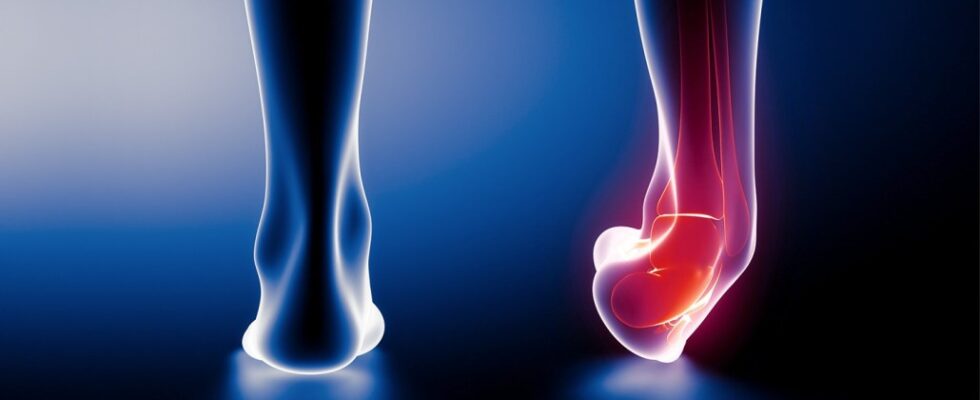Musculoskeletal injuries, such as strains and sprains, can affect any of us at any time. Whether we’re doing yard work or heading out for an evening run, pain-causing ligament tears or muscle sprains can come along without warning. Knowing how to prevent these types of injuries is essential – but it’s equally important to understand their causes and implications if one should occur.
In this post, we’ll explore the various sources of strain and sprain injuries, and dive deeper into what happens once they appear on the scene with some real-world examples from our own lives – including ways to aid in recovery after diagnosis.
Pain and discomfort
Strains and sprains are common injuries that can cause significant pain and discomfort. These injuries typically occur when a muscle or tendon is pulled too far or stretched beyond its limits. The resulting pain is often localized to the site of the injury and can range from mild to severe.
If you are experiencing back pain in Tulsa, it is important to seek medical attention to determine the cause of your discomfort and receive appropriate treatment. With proper care and treatment, most strains and sprains will heal over time, allowing you to regain your mobility and return to your normal activities.
Swelling and inflammation
When a strain or sprain occurs, the body responds with an inflammatory response. This can cause swelling, redness, and heat in the surrounding area. While it may be uncomfortable, this response is actually an important part of the healing process. The swelling helps to remove damaged tissue and stimulate the growth of new cells.
However, too much inflammation can actually impede the healing process. That’s why it’s important to properly treat strains and sprains to ensure the body’s inflammatory response is working effectively. Ice, rest, and compression can all help to reduce swelling and allow the body’s natural healing process to take place.
Reduced range of motion
One of the consequences of strains and sprains is a reduction in the range of motion. Not only can this be frustrating for those who are trying to stay on top of their fitness goals, but it can also affect everyday movements, such as reaching for objects or bending down to pick up something off the floor.
When it comes to treating strains and sprains, it’s important to focus on reducing inflammation and promoting healing, which in turn can help to improve joint mobility and restore the full range of motion.
Muscle weakness
Strains and sprains are common injuries that can affect our daily activities, causing muscle weakness or imbalance. These injuries can occur due to sudden movements or overuse of the muscles, leading to pain and swelling. While a sprain affects the ligaments, a strain affects the muscles and tendons.
Regardless of the injury type, both can impact our overall strength and stability. When a muscle is strained or sprained, it can cause weakness and limitations in our movements, hindering our ability to perform daily activities. Seeking medical attention and rest can help alleviate these symptoms and prevent long-term damage.
Increased risk of recurrence
If you’ve ever experienced a strain or sprain, you know just how painful and inconvenient it can be. Unfortunately, it turns out that the repercussions of these injuries can linger long after the initial healing process is over. Studies have shown that individuals who have sustained strains or sprains are actually more susceptible to future injuries in the same area.
This can be due to weakened ligaments or muscles, decreased range of motion, or simply a lack of proper rehabilitation. Regardless of the reason, it’s important to recognize the heightened risk of recurrence and take measures to prevent further injury. Stretching, strengthening exercises, and proper warm-ups before activity can all help reduce the likelihood of re-injury.
Psychological effects
Straining or spraining a muscle or joint can be an extremely frustrating experience. Suddenly, physical activities that used to come easily become difficult or impossible. Even simple daily tasks, like putting on socks or getting in and out of a car, can become a struggle. This can cause anxiety and even a fear of re-injury, making individuals hesitant to perform activities they once enjoyed.
These psychological effects further compound the physical limitations and pain associated with strains and sprains, making it important to address both the physical and emotional aspects of recovery. Talking to a healthcare provider or mental health professional can be helpful in managing these impacts and regaining confidence in everyday activities.
It’s important to seek medical evaluation and follow appropriate treatment protocols for strains and sprains to minimize complications and facilitate a smooth recovery.


